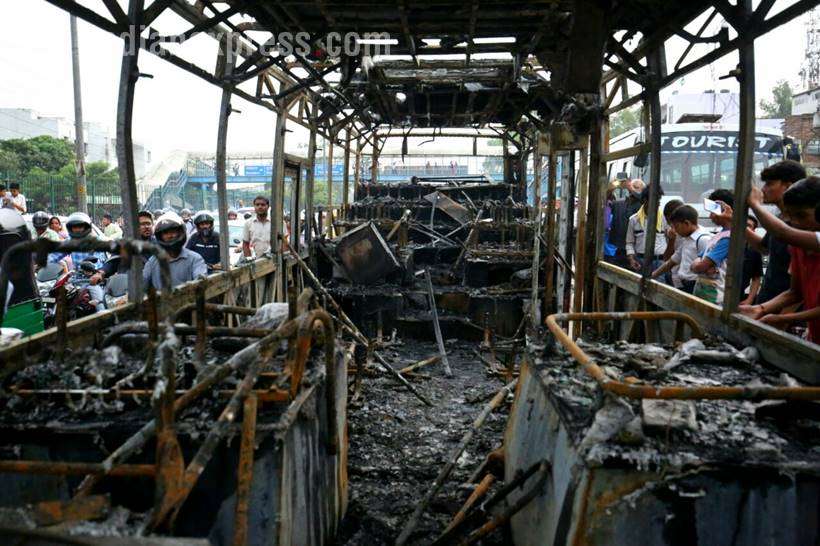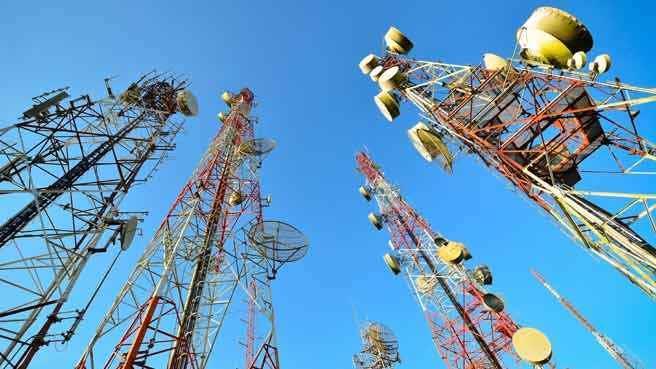August 21, 2015
UTTRA PRADESH, INDIA – One is the the most watched sports event in the world and the other is the world's biggest religious congregation. However, if asked to identify the better organized event between the Kumbh Mela or the Fifa World Cup, which would you choose?

August 21, 2015
UTTRA PRADESH, INDIA – One is the the most watched sports event in the world and the other is the world's biggest religious congregation. However, if asked to identify the better organized event between the Kumbh Mela or the Fifa World Cup, which would you choose?

Chances are you might go with the World Cup. However, Harvard University disagrees. According to a book produced by scholars and students of the institution, Maha Kumbh 2013 was far better organized than Fifa World Cup in Brazil, says this report in The Times of India.
The book, titled Kumbh Mela: Mapping the Ephemeral Megacity, was launched in Delhi on Monday by Uttar Pradesh Chief Minister Akhilesh Yadav. The report goes on to quote the book's praise of Kumbh saying, "For a country notorious for its 'lethargic' bureaucracy, the success of Maha Kumbh is truly noteworthy. If there was a national outcry and uproar over the poor preparations for the World Cup in Brazil in 2014, the 2010 CW Games were marred by scandals and corruption, despite the fact in the two events there were much more funds and involvement of the federal/central governments."
According to the official website of the South Asia Institute of the Harvard University, over 50 professors, students, administrative staff, and medical practitioners made the pilgrimage to Allahabad, India, to the Kumbh Mela site in 2013, to analyze issues that emerge from any large-scale human gathering. The Harvard team working at the Kumbh Mela geographically mapped and extensively covered the emergence of the city that is three times as densely populated as Manhattan and two-thirds its size.
To better understand the sheer magnitude and intricacy of Kumbh Mela's organization, here are some statistics from the book, as quoted by The Times of India. "With 390 million communication events (calls, messages, etc) it saw largest use of cellphones at one place. If one individual goes through the call detail reports (CDRs) of mobile users at the Kumbh, giving just one second per call, it would take 12 years for him to go through the text messages and calls of just one company. Over 50 days, there were 146 million (145,736,764) text messages exchanged and 245 million (245,252,102) calls made."
With numbers as mind-boggling as these in a country known for its lack of crowd discipline, this book comes as a surprise, albeit a pleasant one.
Courtesy: Firstpost
















































































































